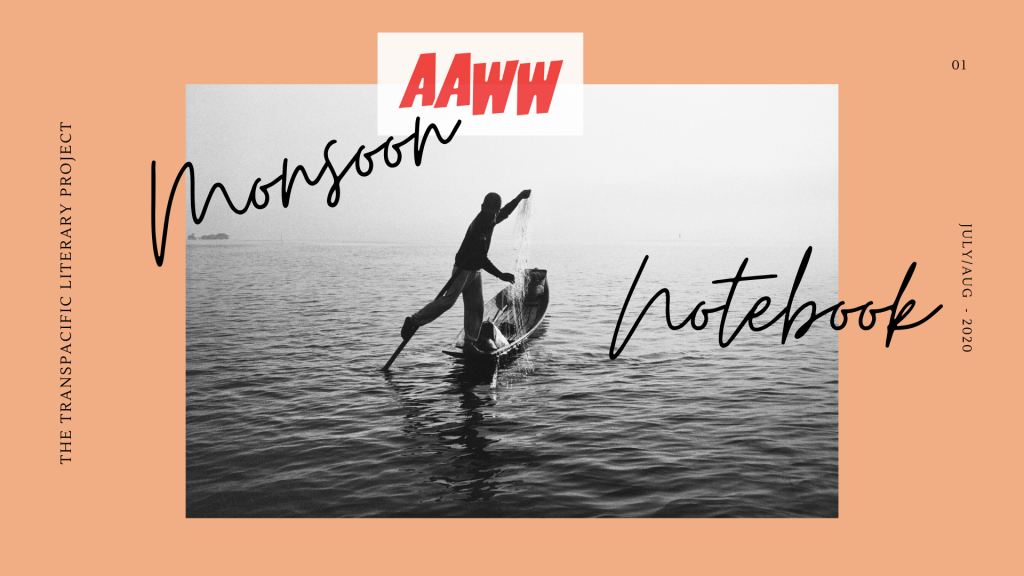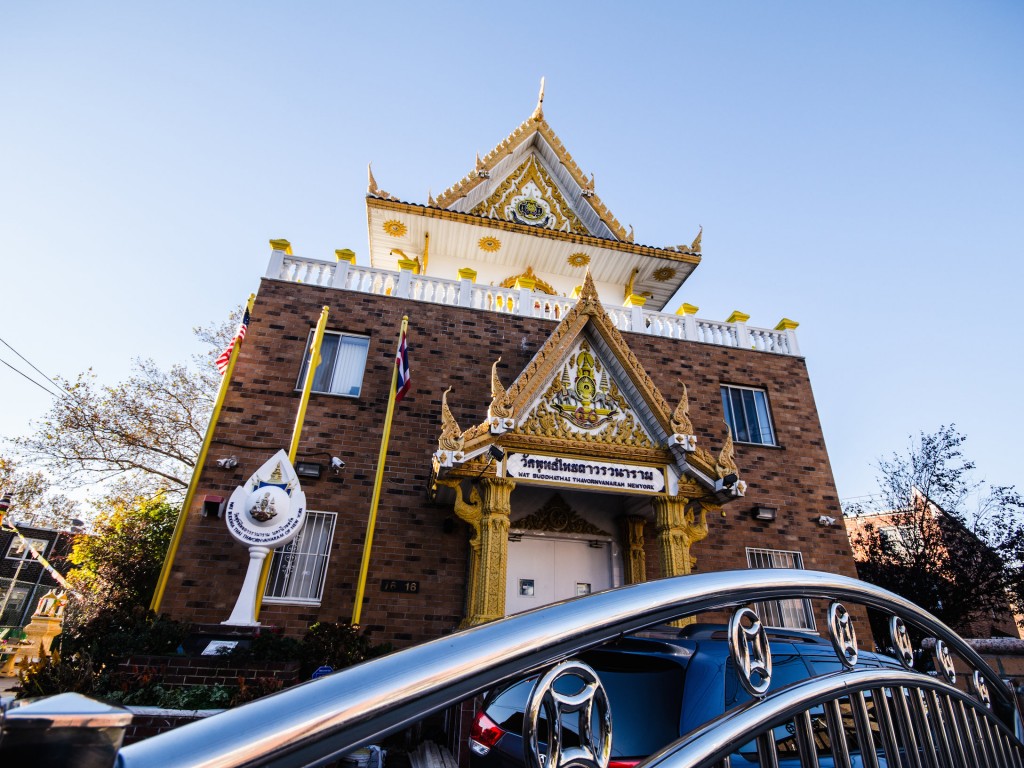We set up a table with hot cider to stave off the chill, and little by little, over the course of three hours, 20 participants came by to strut their stuff…

October 24, 2013
[Editor’s note: A year ago, our Open City Fellows fanned out across the city to write about the effects of Hurricane Sandy in communities that we cover closely. For some of these writers, the reporting was a companion piece to volunteering by checking on residents and helping with food distribution. A year later, we present a story about journalists who, as the days of no heat and no electricity wore on, gave back in an unusual way.]
Anniversaries of disasters, like Hurricane Sandy, are important, because they help gauge what’s been learned, what progress has been made. They allow people an opportunity to grieve. But just as often, anniversary coverage overlooks the most important detail that inevitably comes up in a humanitarian situation–peoples’ resilience.
When Hurricane Sandy hit, I had been living in Brooklyn’s Red Hook neighborhood for two months. Long enough to know where to drink a beer, and where to go for a pick-up game of soccer on the weekend. Not long enough to have any kind of relationship with my new community, which since 1939, has been home to the Red Hook Houses, Brooklyn’s largest public housing development with more than 6,500 residents.
I went to higher ground the night of the storm, and luckily returned a day later to an apartment with power and running water. Van Brunt street, the main avenue in Red Hook, had flooded, water logging the building blocks of what made this area “up and coming”–a wine store, a lobster shack, and a Fairway among other places that real estate agents describe as “amenities.”
The tide also rose up and took out power in much of the public housing area, a few blocks away. With no heat or electricity, residents began lining up in a local park for warm meals and other assistance. I interviewed my neighbors that week, making return trips to one of the high rises that had gone dark. I chatted with residents who were using flashlights to climb 14 flights of stairs, with buckets of water, simply to flush toilets.
Some people hadn’t showered in more than a week, many used the only basic resource available, natural gas, to boil water to heat apartments. Whole families slept huddled on communal mattresses at night. The evenings were lit by the NYPD, which had set up flood lights powered generators. The goal was to create safe pathways, and ward off any opportunistic would be criminals. I spoke to one local who was born, raised, and had never lived anywhere else. He sat on his couch in the dark listening to a battery powered radio for news relevant to his situation. I’d seen these sorts of scenarios before, but in earthquake regions in South America, civil wars in South Asia, and slums in Africa. Not in my own neighborhood, not down the street.
As a reporter it’s hard not to lose oneself in the competitive nature of the craft, the narrow vision of getting the story out fast and furious. Having spent time in disaster situations, I also know the importance of remembering that people aren’t the sums of their situation. Haitians aren’t simply earthquake victims, New Orleanians aren’t just flood survivors. The media often forgets that in their hurry to cover and sensationalize tragedy.
With this in mind, I invited a few colleagues, photographers Nabil Rahman and Elizabeth Rush, to help me set up an impromptu photo booth on a cold November night. We posted flyers around the public housing complex the day before, inviting people to stop by a nearby basketball court if they were interested in getting their portrait taken. We chose that spot because it was illuminated from the correct angle by the police flood lights, taking what was intended to be a precautionary device, and making it into a more positive one.
We set up a table with hot cider to stave off the chill, and little by little, over the course of three hours, 20 participants came by to strut their stuff, and have a little fun at a time when joy was in short order. Our original goal was to simply give something back, something journalists all too often forget. We simply show up, take anecdotes and emotions from a community, and then we’re gone. Everybody who had their photo taken recieved a portrait in time for the holidays. We didn’t plan on sharing these pictures with an outside audience. But with the Sandy anniversary upon us, we want to remind people that disasters are not simply about suffering. They are about people finding a way to have a life, regardless of the circumstances.
Here’s what we saw…



